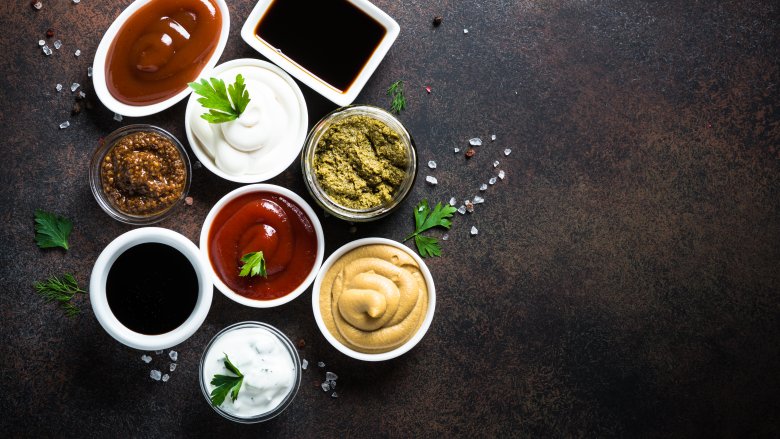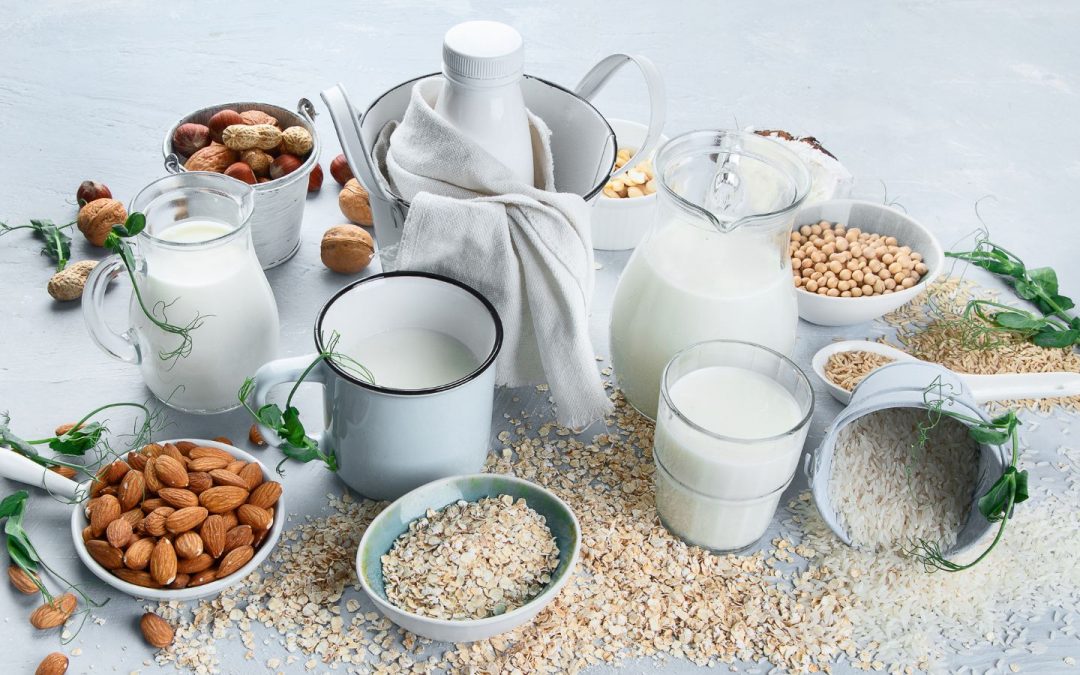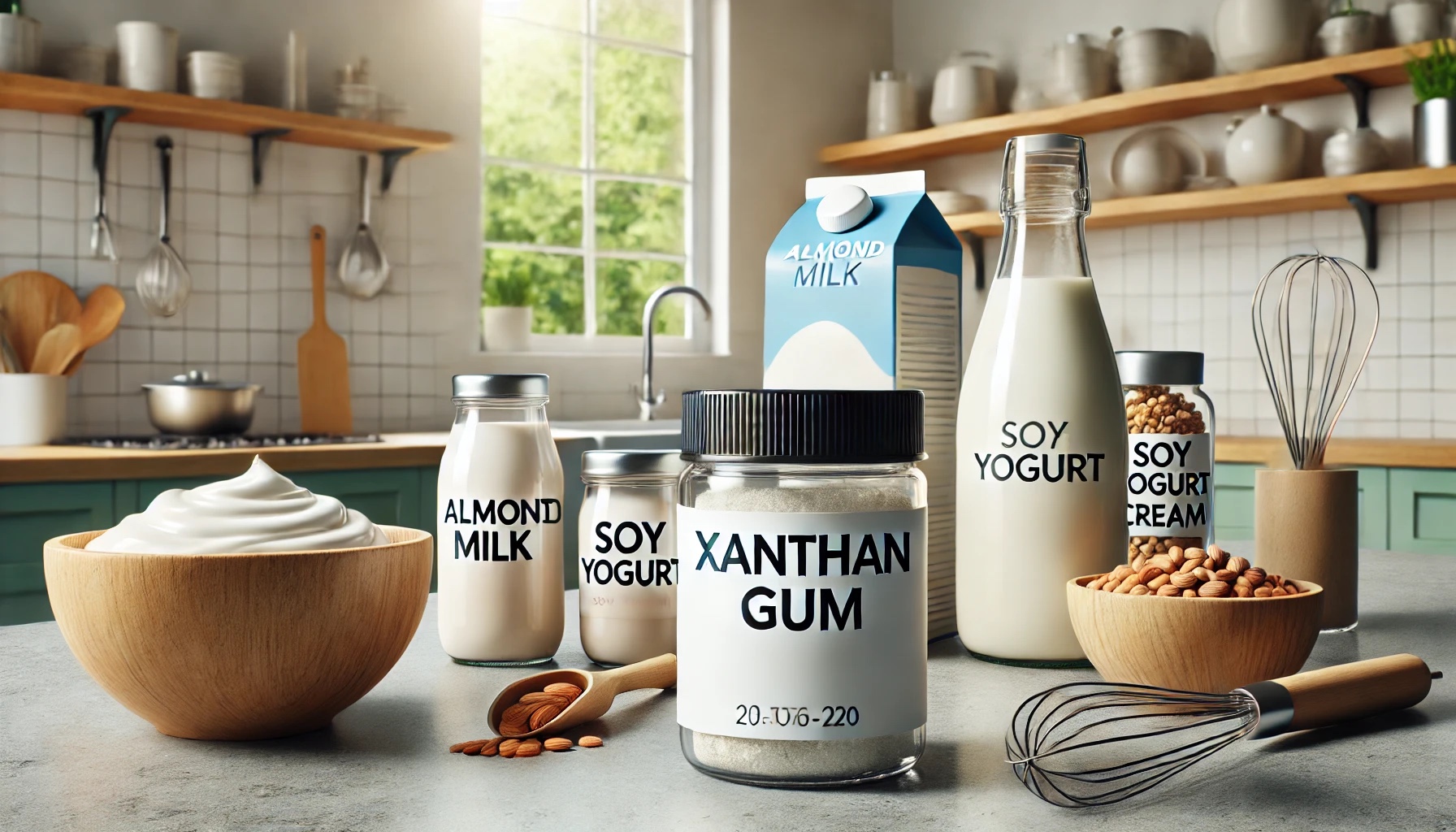Xanthan gum, a microbial polysaccharide derived from Xanthomonas campestris, has established itself as a gold standard in the food industry for enhancing texture, stability, and sensory attributes.
Its ability to create a versatile, stable rheological profile makes it indispensable in sauces and dressings, where achieving optimal mouthfeel is critical to consumer satisfaction.
Understanding Xanthan Gum’s Functional Properties
1. Shear-Thinning Behavior: Enhancing Usability and Sensory Appeal
- It exhibits pseudoplasticity, where viscosity decreases under shear stress (e.g., pouring or stirring) and recovers when the stress is removed.
- Applications in Dressings: This ensures a silky flow when pouring salad dressings while maintaining a thick, clingy consistency on greens.
- Applications in Sauces: Shear-thinning allows sauces to coat food evenly without excessive dripping or pooling, enhancing both functionality and appearance.
2. Exceptional Water-Binding Capabilities
- It hydrates efficiently, forming a cohesive network that traps water. This prevents water separation (syneresis) in emulsions and suspensions.
- It ensures that dressings maintain a homogenous consistency and appearance during extended storage or varying temperatures.
3. Thermal and pH Stability
- It remains stable under extreme pH conditions (3–10), making it ideal for acidic applications like vinaigrettes and mayonnaise.
- It withstands heating and freezing, ensuring texture retention during processing, storage, and reheating.
4. Compatibility with Hydrocolloids
- It synergizes with other stabilizers like guar gum or locust bean gum, enhancing viscosity, gel strength, and emulsion stability while optimizing formulation costs.
How Xanthan Gum Improves Mouthfeel in Sauces
1. Mimicking Fat for Creamy Consistency
- In reduced-fat and low-calorie formulations, xanthan gum replicates the luxurious texture of fat by creating a smooth, creamy mouthfeel without contributing to calorie content.
- Example: Light gravies and creamy pasta sauces gain the body and richness consumers expect without the need for additional fat.
2. Uniform Suspension of Particulates
- Xanthan gum’s ability to suspend solid particles such as spices, herbs, or grated cheese ensures even distribution throughout the product.
- Example: Chunky sauces like barbecue or taco sauces remain visually appealing and flavorful, with no sedimentation.
3. Controlled Flow and Viscosity
- Low concentrations (as low as 0.05%) of xanthan gum can achieve targeted viscosity levels, from thin, pourable sauces to thick, scoopable condiments.
- Example: Stir-fry sauces benefit from controlled viscosity, enabling an even coating over ingredients during cooking.
How Xanthan Gum Enhances Dressings
1. Stabilizing Oil-in-Water Emulsions
- Xanthan gum stabilizes emulsions by increasing the viscosity of the continuous phase (water) and preventing the separation of oil droplets.
- Example: In creamy dressings like Caesar or ranch, xanthan gum ensures the oil and water phases remain consistently emulsified.
2. Improving Cling and Coating Properties
- Its rheological properties enhance the clinginess of dressings, ensuring even coating on salads and vegetables.
- Example: Vinaigrettes benefit from increased cling without becoming overly thick, offering the perfect balance for fresh greens.
3. Shelf-Life Extension
- Xanthan gum’s ability to stabilize formulations against temperature variations reduces phase separation and viscosity loss over time.
- Example: Commercial salad dressings retain their texture and consistency even after months on the shelf.
Key Formulation Considerations
To maximize xanthan gum’s functionality, it must be used effectively in the formulation process:
- Hydration:
- For optimal performance, xanthan gum should be hydrated uniformly to prevent clumping. Dispersing it in non-solvents (e.g., oil or alcohol) or pre-blending with other dry ingredients can facilitate even dispersion.
- High-shear mixing is often required to ensure complete hydration.
- Synergy with Hydrocolloids:
- Pairing xanthan gum with locust bean gum or guar gum enhances gel strength and stability through synergistic interactions.
- This combination is especially beneficial in thick, creamy dressings or slow-set sauces.
- Dosage:
- Xanthan gum typically functions efficiently at concentrations ranging from 0.05% to 0.5%. For very thick formulations, such as dips or spreads, concentrations may approach 0.8%.
Technical Applications in Popular Products
- Ranch Dressing
- Xanthan gum ensures the suspension of visible herbs while maintaining a creamy texture and stable emulsion.
- Barbecue Sauce
- It creates a glossy, thick texture that clings to grilled meats while preventing ingredient separation during storage.
- Caesar Dressing
- Xanthan gum stabilizes the oil-in-water emulsion and mimics the luxurious mouthfeel of high-fat formulations.
- Asian Stir-Fry Sauces
- It ensures an even, glossy coating on ingredients and maintains viscosity even after heating.
- Low-Calorie Mayonnaise
- Xanthan gum compensates for reduced oil content by providing body and stability without altering flavor.
Advanced Insights: Rheology and Consumer Sensory Perception
- Impact on Viscosity:
- Xanthan gum’s impact on viscosity is non-linear; small changes in concentration lead to exponential shifts in thickness, allowing precise control over mouthfeel.
- Sensory Considerations:
- Proper usage ensures smooth textures without undesirable sliminess or excessive gumminess, which can negatively impact consumer perception.
Conclusion
Xanthan gum plays a pivotal role in delivering the perfect mouthfeel, texture, and stability in sauces and dressings.
From creamy emulsions to pourable sauces, its versatile rheological and stabilizing properties cater to a wide range of product requirements.
By leveraging its capabilities effectively, manufacturers can create innovative, high-quality formulations that meet both functional and sensory demands of modern consumers.







